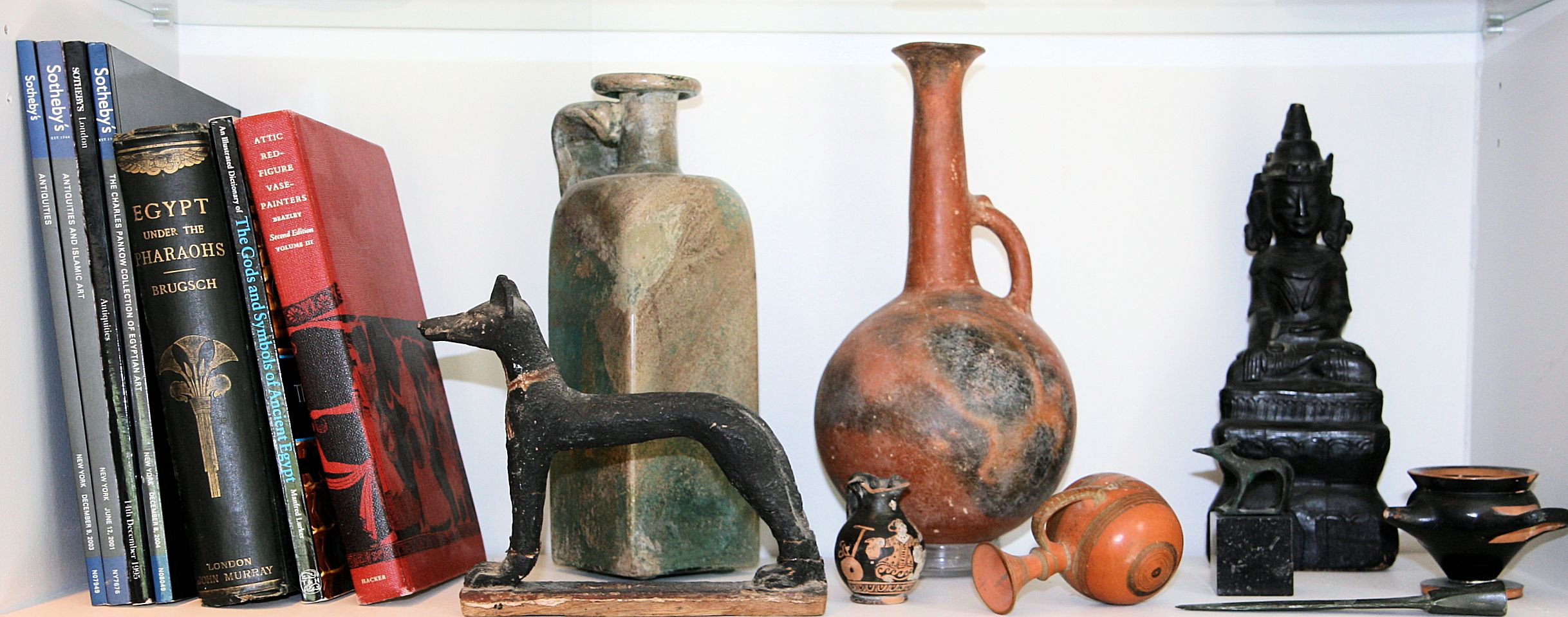Tips on Collecting Antiquities
Exceptions occur to every rule, but the pointers below may help in spotting lower-grade forgeries.
I have focussed on things which most people can try, rather than scientific methods or complex variables and comparables.
This only a brief introduction to the many ways of avoiding fakes.



